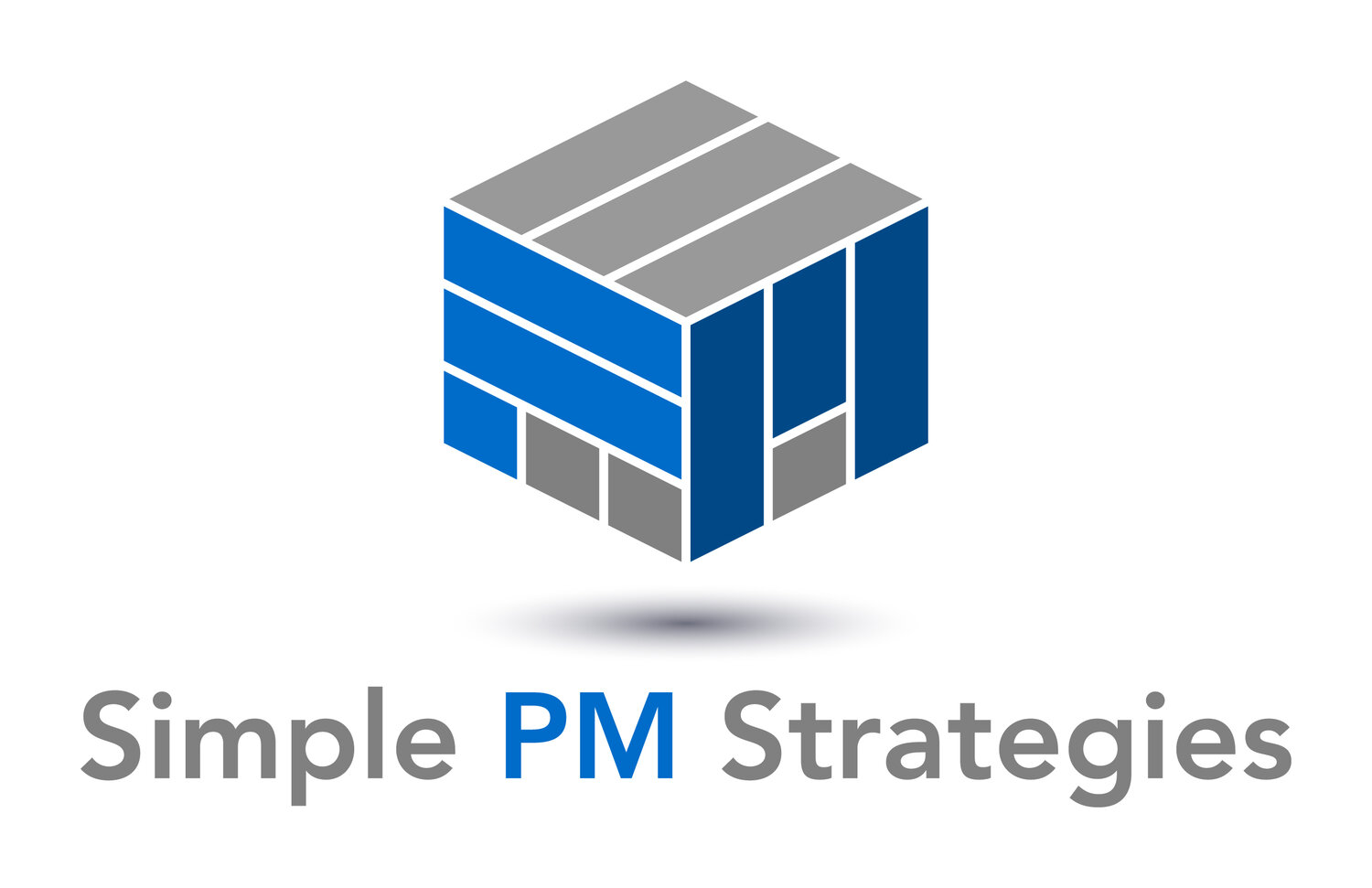1 Way to Get Tasks Completed on Time for Your Project
The purpose of this article is to present how to ensure your plan is given priority amongst those who are assigned tasks so that your deliverables are finished when expected and your project is completed on time.
Creating and managing the plan is under the PLAN domain and within the Map segment in the Project Management MPM model.

Creating and managing the plan is under the PLAN domain and within the Map segment in the MPM model
Use a Plan to Create Priority for Your Project
A customer approached me about helping out with the management of a particular initiative that had slipped behind schedule and was required to be finished by the end of the current fiscal year.
I had some passing familiarity with the project, and I had been told the reason why it was late was because the implementation teams did not give it priority and that there were outstanding technical issues that needed resolution beyond the control of the project manager.

The plan doesn’t exist if you can’t share it
No Plan Means No Priority
The project manager believed this, the customer believed this, and so did the management team who oversaw the work of the project manager. Nothing could be further from the truth and the first 5 minutes of hand-off proved that.
The plan, schedule and status were there alright, but they were all in the head of the project manager.
While the project manager earnestly wanted the project to succeed and was definitely right about the project being a low priority and blocked by technical issues, what was not appreciated was the leverage and impetus provide by a plan, schedule and status about where the schedule was at.
What was not appreciated by everyone involved was how the absence of a communicated, documented plan created an absence of priority in the mind of the those the project needed to perform critical tasks to keep the project on schedule.
Create, Publish, and get Feedback
Communicating your plan, organizing it around the right things, and reviewing it continually are all important, but in order for those to happen, the plan needs to be documented first.

Create and then communicate your plan, even as a draft
When you create your plan, communicate it to get management buy-in, and get commitment from resources based on the milestones and activities the plan provides, it gives your project a high level of visibility and support, which will translate to momentum and priority.
There are always more projects to do than resources to do them because it is common for there to be more projects in an organization than there are resources to staff them, because most organizations want to keep creating and so are continually starting projects.
Having worked in over thirty different clients across different countries, every organization ALWAYS has more projects than staff to do them.
Use the Plan to get Buy-in
Project objectives, priorities and goals will only be appreciated when key stakeholders are engaged, committed and believe in results produced by the project that are meaningful to them.
If you keep things up in your head and don’t articulate and document to get the commitment you need, your support will be weak, the project’s priority amongst stakeholders will be lower and your project will not meet its schedule.
Summary
Create a strong deliverables-based plan with a schedule and get stakeholder buy-in.
Then communicate this plan, often and use it to highlight critical tasks and timeframes. This increases the priority for completion of your project’s objectives amongst scarce resources.
Increasing the priority for completing your project’s deliverables ensures the completion of the overall project schedule in the timeframes expected.
Action Steps / Apply This Knowledge
- Think through all of the smaller projects in your organization, or even just the ones you have and display the plan for each project and compare side-by-side. Notice any differences?
- You may notice that those who have a better plan, a more realistic and achievable plan, have communicated it more. Also, if it has been communicated more, a project may also have higher priority. Identify a project you have that does not have the priority you want, and if it doesn’t have a plan create a small rudimentary one. Then circulate this in a status report to your stakeholders.
- You should see that those projects which have a plan, and a status report that is circulated frequently, which clearly presents what is being achieved in particular timeframes, probably has a higher priority than those that do not have a plan or status report.
- Prompt engineering guidance for AI GPTs such as chatGPT: “I’m a business leader launching a project that is delivering X, Y, and Z. What do I need to consider when creating a strong deliverables-based plan with a schedule so I get solid stakeholder engagement?”
Learn More to Do More
Business evolves through change initiatives otherwise known as projects. The key to managing these change initiatives so you have more time, and less stress is to use simple strategies and tools.
Check out the Learning Hub’s other Articles with Actionable Steps, organized with a busy leader in mind, by topic or main idea, and with some AI GPT (e.g. ChatGPT) prompt engineering suggestions under the Action steps: https://simplepmstrategies.com/learning-hub-index
PLAN Managing Without a Plan
© Simple PM Strategies 2024
